The black Lab is the ultimate companion dog, combining intelligence and a desire to please. With their roots in hunting and roles in support, service, and therapy work, these dogs stand out from the crowd. When considering the pros and cons of owning a black Lab, it’s important to note that the breed has split into show bred British Labs and working American Labs. Both types have their own advantages as family pets, forming strong bonds with their owners and enjoying interactions with people and other dogs. Black Labs can reach up to 24 inches in height and 80lbs in weight, although their size may vary depending on their lineage. English Labs, bred for the show ring, tend to be heavier set than American Labs, which are bred for hunting and retrieving. American Labs typically have a lighter frame and a strong drive for retrieving. Whether you choose a show bred or working black Lab, they will require appropriate training and exercise throughout their lives, from puppyhood to old age.
The average lifespan of a black Labrador is around 12 years, but with the right care and lifestyle, purebred black lab puppies can live even longer. My love affair with black Labs began with my first furry companion, Ted. He was a loyal friend from my childhood well into my adult years. Whether we were exploring the woods, playing fetch in the backyard, or simply providing comfort during sad times, Ted was always by my side. While black Labradors may be the most common color, they are often underappreciated. Their history of working closely with humans and their friendly nature make them truly special pets. Originally bred as fishing companions, these black retrievers have a long history of being trusted hunting partners for many generations.
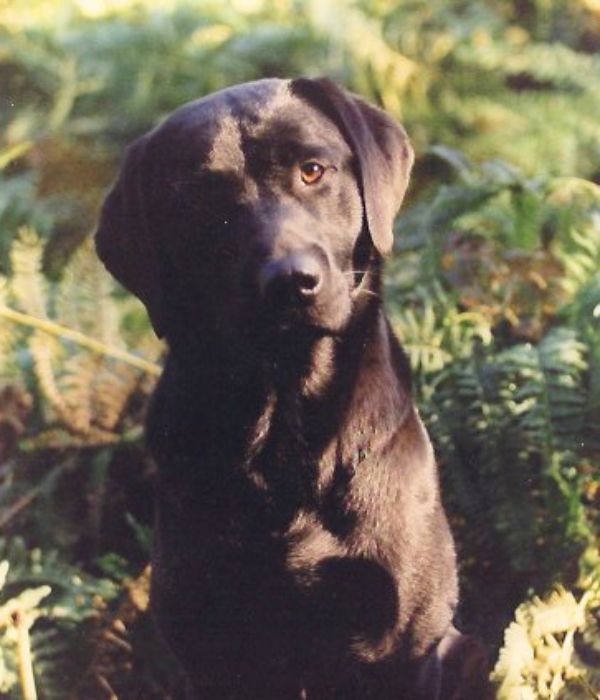
The origin of black Labs can be traced back to a now-extinct breed called the St. John’s Water Dog, which was also the ancestor of the Newfoundland. This fisherman’s companion had a thick coat and resembled a mix between a Border Collie and the modern Labrador. Two English Aristocrats established a breeding program using St. John’s Water Dogs, laying the foundation for the Lab we know today. Historically, Labs were primarily bred as shooting companions in the early 1900s, and most of them were black with white markings. Black Labs are more common than other colors, with chocolate Labradors first appearing in the 1890s but not becoming popular until later. Sadly, puppies with chocolate or yellow coats were often euthanized at birth for many generations. In genetics, black is considered a dominant color. If a puppy inherits the black coat gene from either parent, their fur will be black. However, other colors like chocolate and yellow can appear in future generations because a black Lab can carry genes for these colors as well.
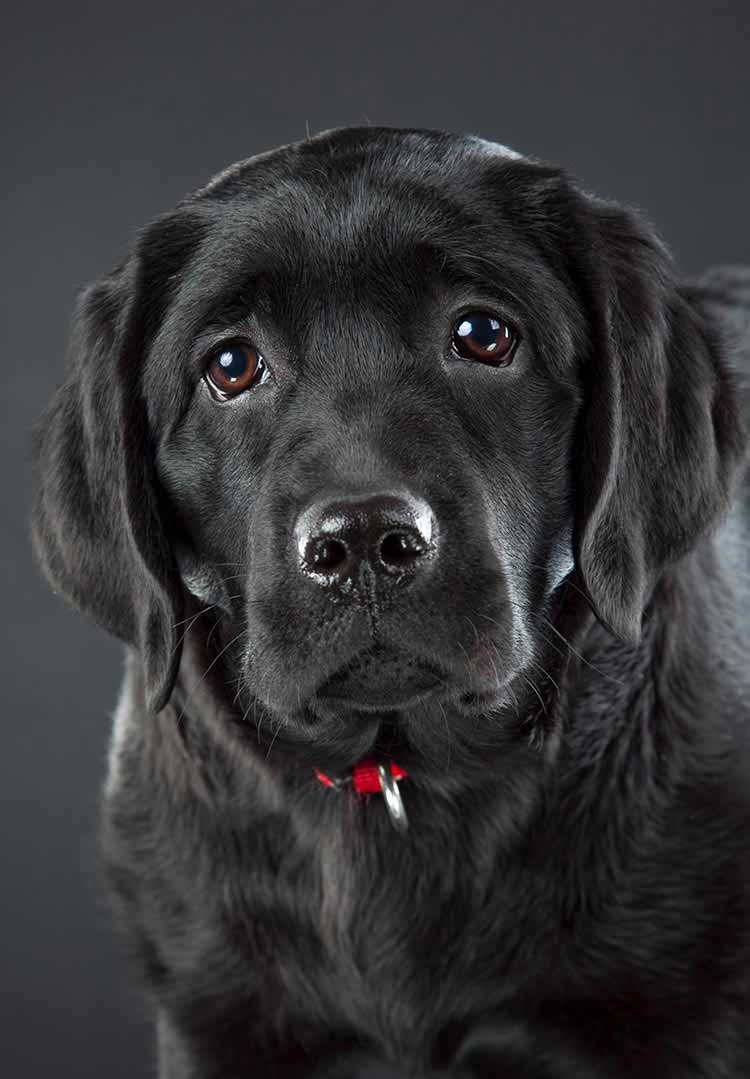
Difference Between Black Labs and Chocolate Labs For those who are interested in genetics, let’s dive into the details. Let’s first talk about the distinction between Black Labs and Chocolate Labs based on their coat colors. Both colors come from a pigment called eumelanin. A high amount of eumelanin results in a black Lab, while a lower level gives you a chocolate Lab. If you think back to your high school genetics class, you’ll remember that genetic information is stored in your chromosomes. Genes come in pairs on these chromosomes, with specific locations represented by letters. The instructions for eumelanin in your dog’s fur are located at the B locus. In this locus, there are B genes, which include a capital ‘B’ for a large amount of eumelanin (resulting in a black coat) and a lowercase ‘b’ for a smaller amount of eumelanin (resulting in a brown coat). The dominant gene is B over b. Each puppy inherits one gene from each parent, leading to three possible combinations: – BB – Bb – bb A pairing of BB or Bb will produce a black coat, while only bb will result in a brown coat. This is how black Labs can produce chocolate puppies if they carry the recessive ‘b’ gene and pass it on to their offspring. So far so good? Excellent! Now, let’s get into a slightly more complex aspect. Despite what you just learned, BB and Bb don’t always result in a black coat, and bb doesn’t always lead to a brown coat. Another set of genes, located at the E locus, also plays a role in determining your dog’s coat color.
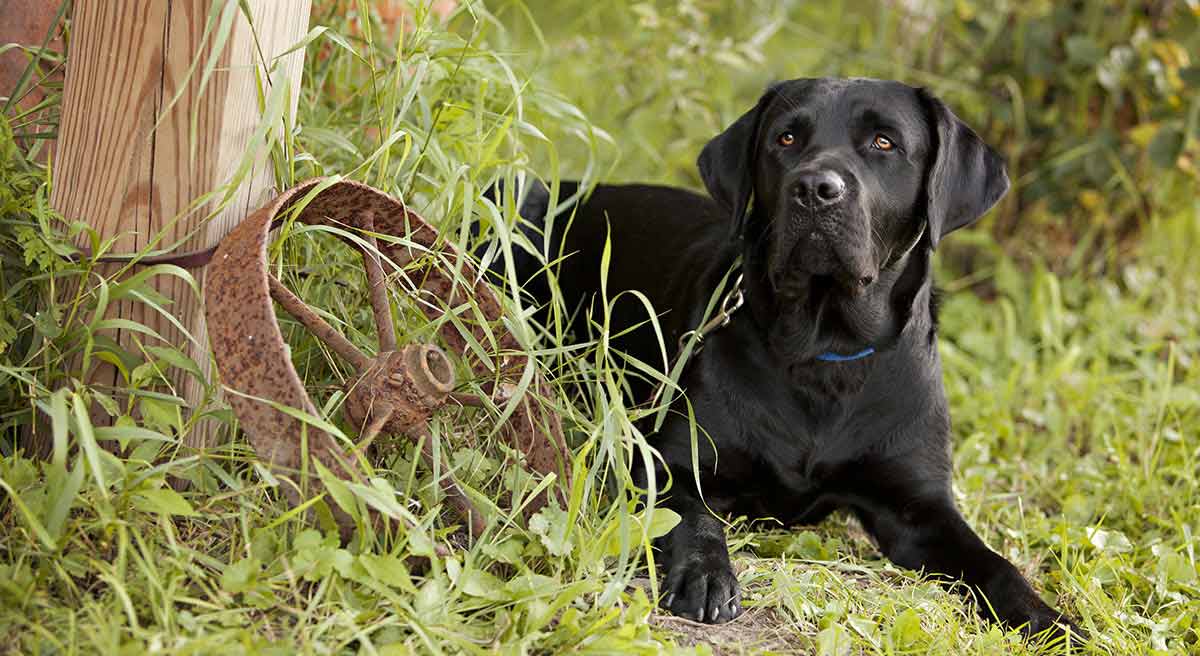
Differences between Black Labs and Yellow Labs The color variation in Labrador Retrievers is determined by the B and E genes. The dominant Big E gene does not impact fur color, while the recessive little e gene acts as a switch. When two little e genes (ee) are present, they turn off the B genes responsible for black or brown fur, resulting in yellow Labrador puppies. To break it down, we have different combinations of B genes (BB, Bb, or bb) and E genes (EE, Ee, or ee) that interact to produce a range of coat colors. This interaction can be better understood through the following diagram:
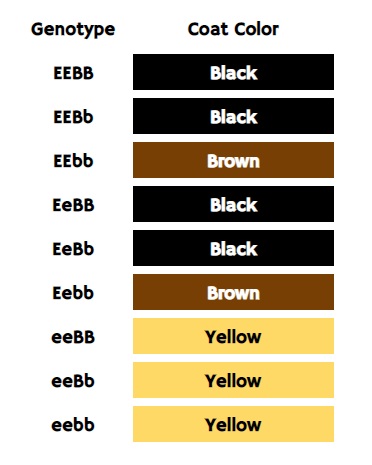
These mixtures reveal that a Black Labrador puppy is the most common outcome. They also shed light on how chocolate and yellow Labs were kept concealed for many years through selective breeding and elimination. However, there is a unique aspect to the story of the black coat color! Charcoal Labs are essentially diluted black Labs. Not every black Lab puppy sports a deep, jet-black hue. Sometimes, a Lab is born with a diluted coat color, due to a genetic variation. This twist alters the intensity of the dark coat color, giving the black Lab a charcoal appearance. Similar to how the chocolate Lab appears silver when this particular gene is activated. In genetic terms, this diluted gene is found at the D locus. A dominant ‘D’ gene maintains the coat’s full color, so only a pairing with ‘dd’ allows the dilution to occur.
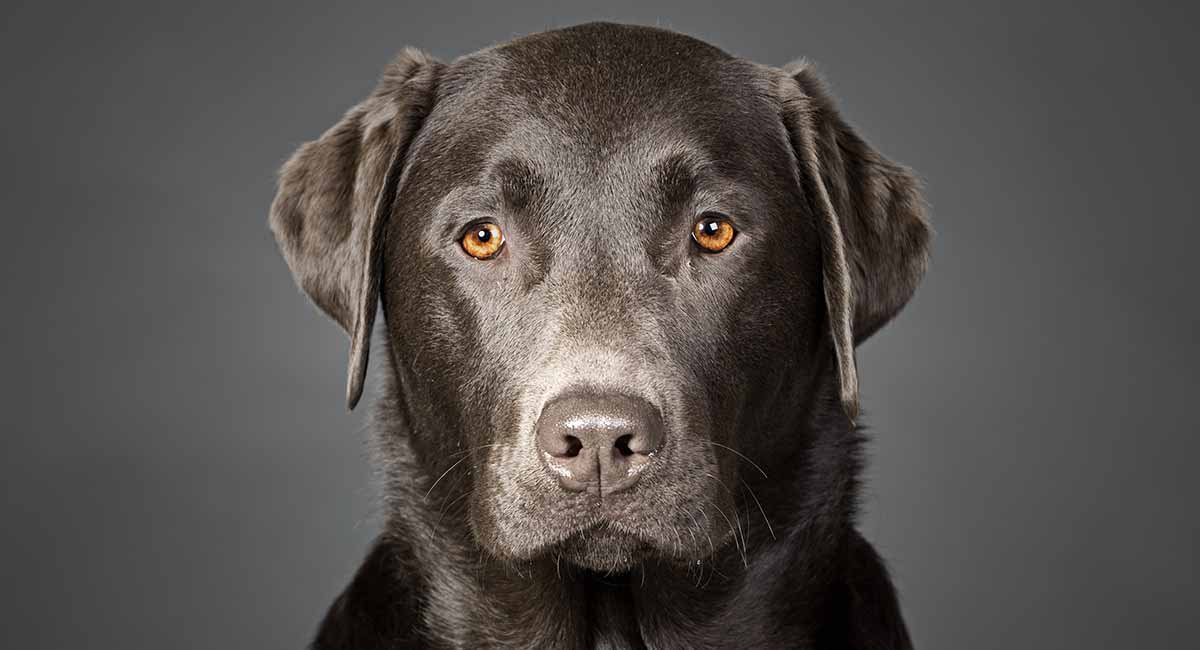
The prevalence and popularity of Black Labs remain strong within the sporting dog community. While hunting dog owners still favor their black coats, pet and show owners tend to prefer lighter colored Labs. However, some breeders may charge higher prices for Chocolate, yellow, fox red, and silver toned Labs. Unfortunately, black dogs can be harder to rehome at pet shelters due to their lack of photogenic appeal. Despite their good temperament, many people pass over black dogs in favor of brighter colored ones. However, black-coated dogs have just as much love and loyalty to offer as any other. There are two strains of Labrador retrievers available – one bred for the show ring and the other for the field. While both are true Labs, they have different physical traits and personalities. English black Labs, popular in pet homes and show rings, have a stocky body, broad head, and thick otter tail. They are known for being playful and may take longer to mature than working type Labs.
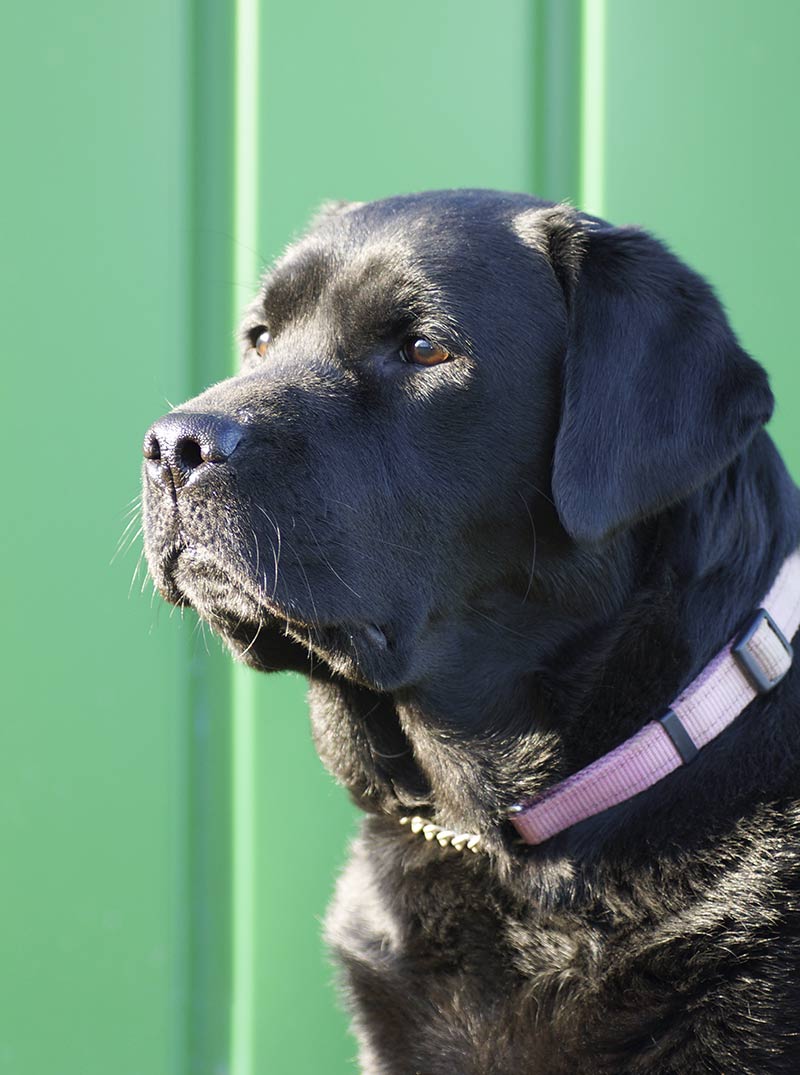
American black Labs bred in America are known for their sleeker appearance, higher energy levels, and strong hunting instincts. While they may be the same size as their show counterparts, they have narrower heads and less otter-like tails. Unlike their more playful show relatives, American Labs have a keen drive for retrieving and hunting.

Differences between English Black Labs and American Black Labs When it comes to exercise and mental stimulation, American black Labs may require more than their English counterparts. Gun dog style training involving retrieving exercises can be beneficial for them. However, if you have limited time for training, a more relaxed Lab from show lines might be a better fit for you. Distinctive Characteristics of Black Labs Both English and American black Labs share common features such as a well-muscled body, balanced proportions of legs and spine, intelligence, cooperation, and a happy personality. While mismarked Labs with white markings may occasionally appear, most Labs have a solid color coat. Their double coat provides warmth and waterproofing, along with webbed paws and a tail that acts like a rudder. With practice, Labs excel in swimming. Grooming and Coat Maintenance Labrador Retrievers have short, low-maintenance coats that shed heavily at times. Cleaning mud off can be as simple as rinsing with a garden hose, while a weekly grooming session with a stiff brush can help control the amount of hair on your surfaces. Some Labs may have a strong odor and may need occasional baths. Regular nail trimming and teeth cleaning are also important aspects of grooming your Lab. Determining Size of Black Labs The size of a black Lab puppy as an adult can vary based on their lineage, diet, and the size of their parents. On average, adult black Labs weigh between 55 to 80 lbs and stand 21 to 24.5 inches tall at the shoulder. English black Labs tend to be on the heavier side, while American counterparts lean towards the lighter end of the spectrum.

Black Lab Personality Labradors are known for their friendly and sociable nature. While this makes them great companions, it can also come with some challenges. They may not be the best guard dogs, as they are more likely to welcome a burglar with open arms than to chase them away. Additionally, their enthusiasm for meeting new people and dogs at the park can sometimes be overwhelming. Their playful and energetic demeanor can sometimes lead to accidents, especially around young children. It’s important to supervise interactions between a toddler and a black Lab to prevent any unintentional mishaps. Are Black Labs Intelligent? There is a belief in the sporting dog community that black Labs have been bred for intelligence more so than chocolates and yellows. While it is true that breeding choices are made to achieve certain coat colors, responsible breeders prioritize temperament and trainability in all Labs. Black Labs, like their counterparts, are highly trainable and make responsive pets. Training and Exercising Your Black Lab Adult Labradors enjoy a variety of physical activities such as running, swimming, hiking, and retrieving. Providing your Lab with daily exercise is essential for their health and wellbeing. Training is crucial for large and powerful dogs like Labs. Basic obedience commands, such as walking on a leash, sitting, and greeting guests politely, are important skills to teach your Lab. Consistent training and exercise will help keep your dog well-behaved and physically fit. Black Lab Health When choosing a Labrador puppy, it is important to consider the health history of the parents. Health testing can help identify potential issues such as joint problems and eye disorders. Hip and elbow dysplasia are common in Labs, along with Progressive Retinal Atrophy (PRA), which can cause blindness. To reduce the risk of health problems, choose a puppy whose parents have good health test results. Regular veterinary check-ups and preventive care can help ensure your Lab’s long-term health and well-being.
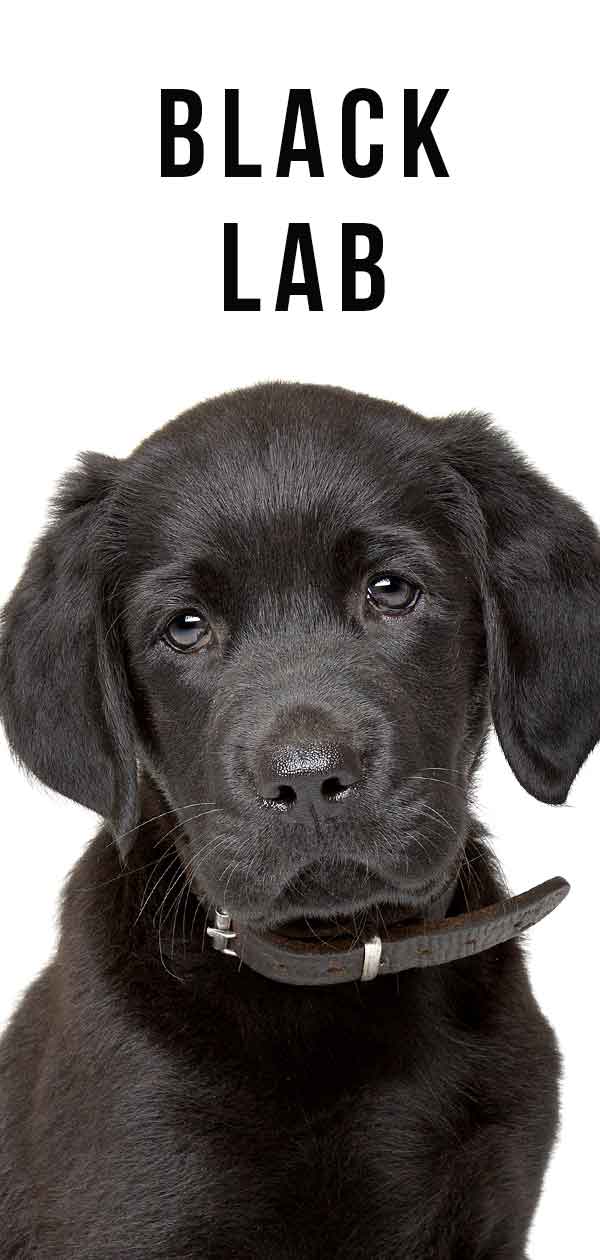
Tips for Finding a Black Labrador Puppy To find a black Labrador puppy, it’s best to go through a reputable breeder. With limited regulations in place for dog breeding, it’s important to be cautious and avoid puppy mills. Look for breeders who specialize in Labradors and prioritize good temperament. Before putting down a deposit, visit the breeder’s home to meet the mother dog and litter. The mother dog should be relaxed and welcoming, with happy and healthy puppies. Selecting the Right Breeder When choosing a breeder, consider whether a show or working temperament is the best match for your lifestyle and family. Reputable breeders are typically active members of Labrador Clubs in your area.

Request health certificates from both parents when considering buying a puppy from a breeder. Make sure they are clear of PRA, have recently passed an eye check, have good hip scores, and an elbow score of 0 at the very least. If one parent is a carrier of dwarfism, PRA, or any genetic disease, ensure that the other parent has tested clear. If the parents are Kennel Club registered, ask to see their pedigrees. To maintain good genetic diversity, steer clear of multiple occurrences of the same names in your future dog’s ancestry.

Responsible breeders take the time to ask potential owners many questions because they truly care about where their puppies end up. They are also open to answering any questions you may have. If you want to learn more about Labrador breeders and how to choose the right puppy, be sure to read the following article: “Choosing the Right Dog”. If you’re considering rescuing a Black Lab, it can be a wonderful thing to do, as black dogs sometimes have a harder time finding homes. Reputable rescue organizations will help match you with the perfect dog for your family. Our guides can offer additional assistance and information on this topic.
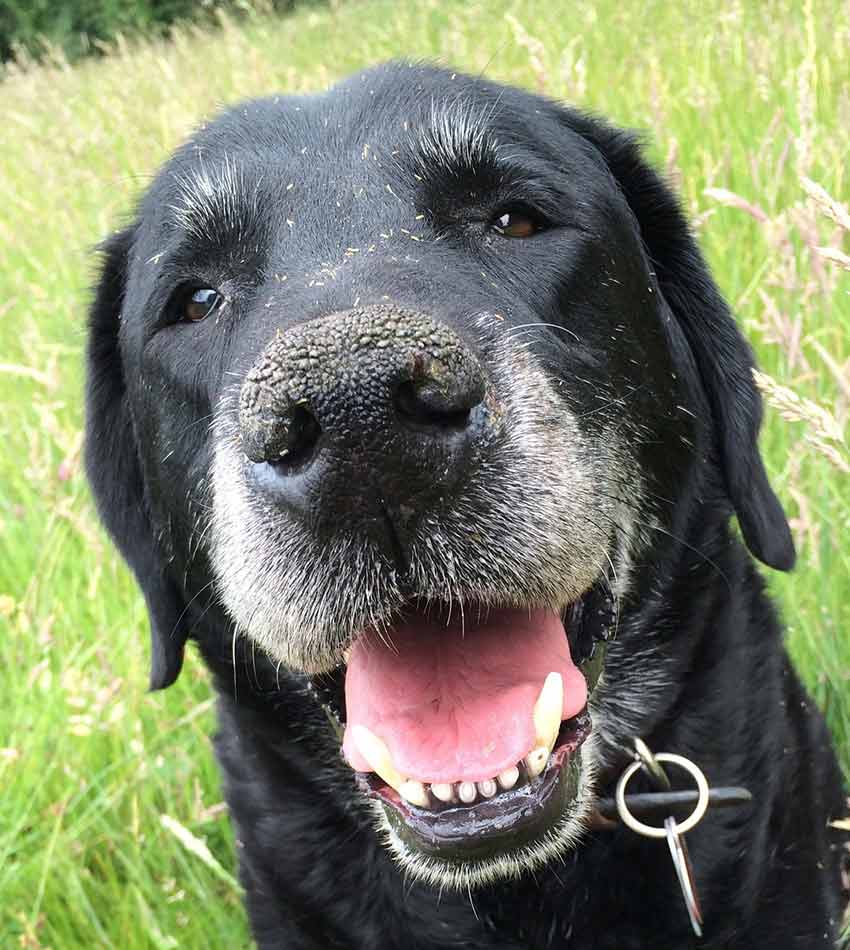
Starting the journey of adopting a Labrador rescue can be both exciting and fulfilling. One of the most gratifying experiences is welcoming home a senior dog. Elderly Labs are typically gentle and relaxed companions, content with lounging by your side and enjoying leisurely strolls. Providing them with a cozy bed featuring memory foam for joint support, as well as a ramp for easy access in and out of the car, are simple accommodations for the joy of offering an older dog a second chance at being a cherished member of a loving family once more.




